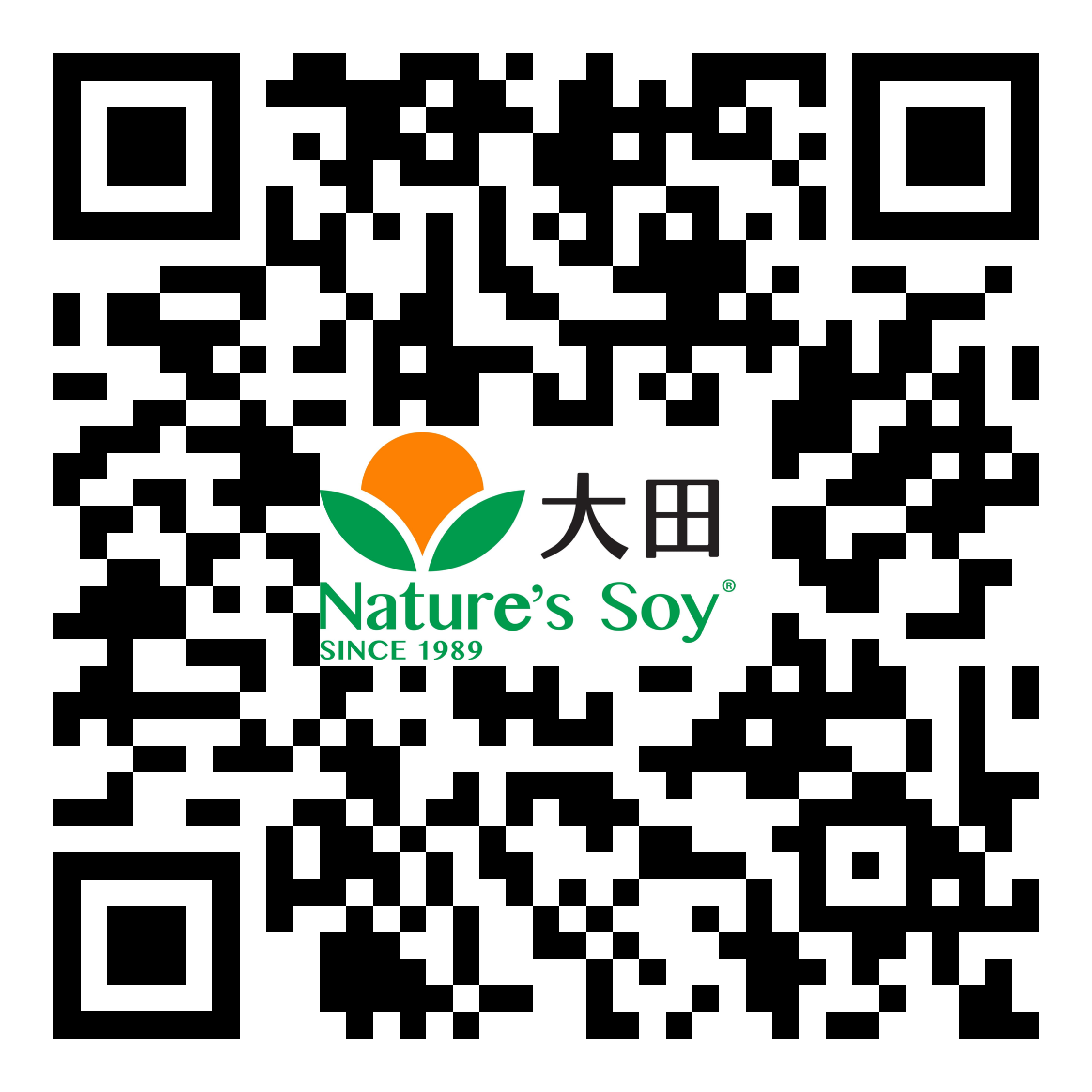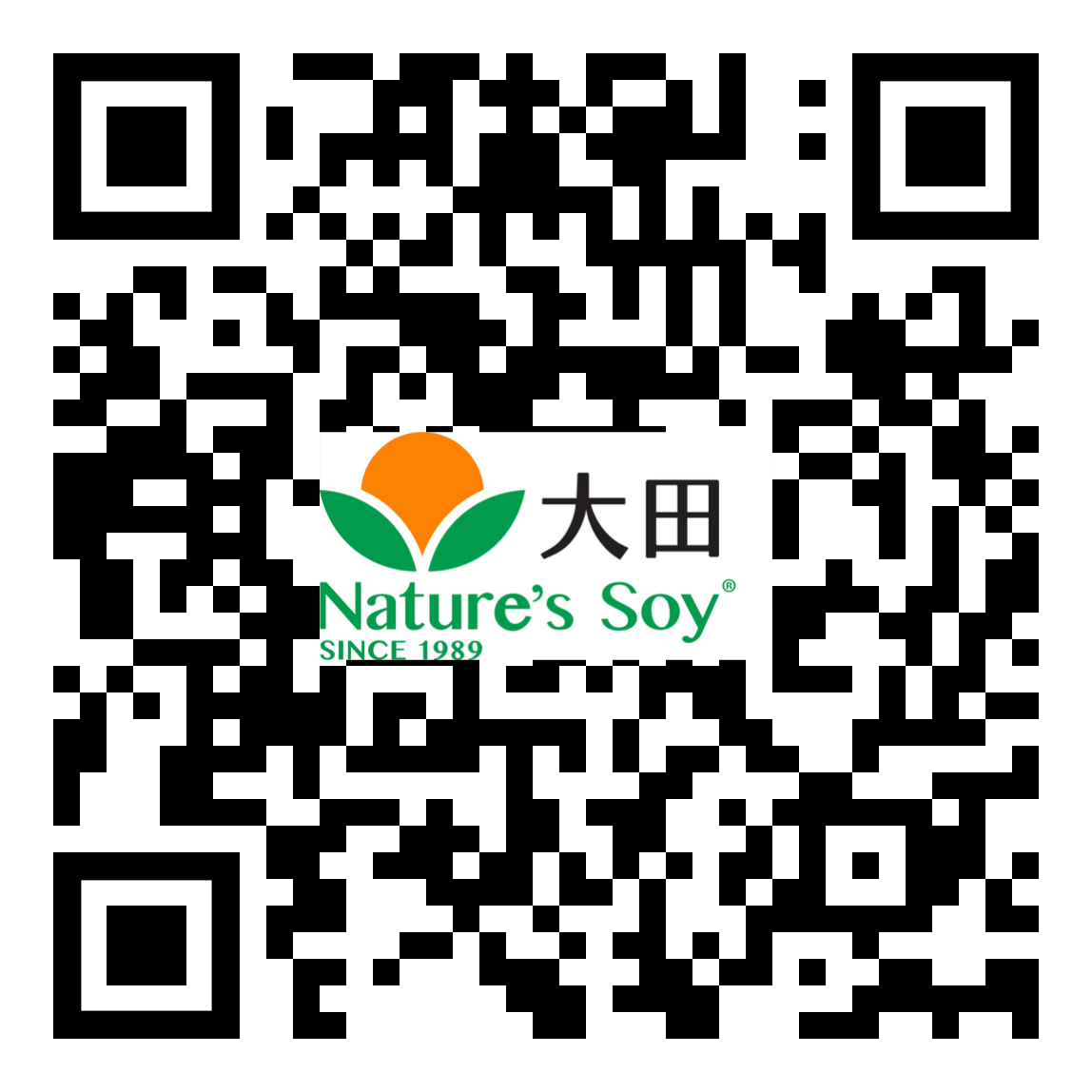Tofu Culinary Journey: Exploring the Top Tofu Dishes of Three Asian Countries
Tofu, a traditional food originating from China, has now become a source of inspiration for chefs across Asia and around the world. In Asia, different cultures have their unique ways of preparing tofu, resulting in a variety of distinctive dishes. This article will take you through three countries renowned for their tofu cuisine—China, Japan, and Korea—exploring their unique culinary methods and the cultural significance of tofu.
China: The Birthplace of Tofu
Tofu originated in China over two thousand years ago. Across China's vast regions, each area boasts its classic tofu dishes. Sichuan's Mapo Tofu, with its spicy and pungent flavor, has won international acclaim; Hunan's Stinky Tofu is famous for its unique taste. The Chinese are adept at utilizing tofu's versatility, not only in everyday dishes but also in vegetarian and religious offerings. (Origins and authentic cuisines, 2015)
Japan: The Art of Tofu Cuisine
In Japanese cuisine, tofu is indispensable. In Japan, tofu is not just a food ingredient; it's a demonstration of artistry. From the soft and delicate silken tofu to the richer, denser firm tofu, each type is used in meticulously prepared dishes like miso soup and cold tofu. Additionally, Japan produces "yuba" or tofu skin, a byproduct of the tofu-making process, often used to wrap sushi or other snacks. (www.japan-guide.com)
Korea: Tofu in Homestyle and Festive Cooking
In Korean cuisine, tofu also holds a prominent place. Korea's most famous tofu dish is perhaps the spicy tofu stew (Sundubu-jjigae), a warm, spicy soup featuring ultra-soft tofu, often served during the cold winter months. Other popular dishes include grilled tofu and tofu bibimbap, highlighting tofu's versatility and its multifunctional use in Korean food culture. (Maangchi, 2015)
Through this tofu culinary tour, we not only experience how tofu as an ingredient is diversely treated across different cultures but also appreciate its deep cultural and historical significance. During your next Asian culinary adventure, consider trying these classic tofu dishes to let your taste buds travel through exotic flavors.
Here are the most famous tofu dishes from China, Japan, and Korea, along with simplified recipes so you can easily recreate these traditional favorites at home:
1. China: Mapo Tofu
Mapo Tofu is a classic Sichuan dish known for its bold flavors—spicy and slightly numbing.
Ingredients:
1package Nature’s Soy Mapo tofu kit Mild
200g ground pork
green onions for garnish, and vegetable oil.
Instructions:
Heat oil in a pan over medium heat.
Add ground pork and fry until cooked through.
Stir in Mapo tofu kit sauce pack, then gently add tofu cubes.
Simmer for about 5-10 minutes, careful not to break the tofu.
Garnish with green onions and serve with rice.
2. Japan: Agedashi Tofu
Agedashi Tofu is a popular Japanese dish featuring lightly breaded and fried tofu in a dashi-based sauce.
Ingredients:
1 package of Nature’s Soy Soft Tofu
2 cups dashi
1 tbsp soy sauce
1 tbsp mirin
cornstarch for dusting
vegetable oil for frying
grated daikon
green onions for garnish.
Instructions:
Cut tofu into cubes and dust with cornstarch.
Deep fry in hot oil until golden brown. Set aside on paper towels.
Heat dashi, soy sauce, and mirin in a pan until warm.
Place fried tofu in a bowl and pour the warm dashi mixture over it.
Garnish with grated daikon and green onions.
3. Korea: Sundubu-jjigae (Soft Tofu Stew)
Sundubu-jjigae is a hot and spicy Korean stew made with uncurdled tofu, vegetables, sometimes meats, and gochujang or gochugaru.
Ingredients:
1 package of Nature’s Soy Silken tofu
1 cup seafood mix or sliced pork
1 tbsp gochujang (Korean chili powder)
1 tbsp gochujang (Korean chili paste)
1 tsp minced garlic
½ cup mushrooms
½ cup onions
1 beaten egg
4 cups of water or anchovy broth
Instructions:
In a pot, sauté garlic, onions, and your choice of protein.
Add gochujang and gochugaru, stirring until well mixed.
Add water or broth and bring to a boil.
Add tofu and simmer for 15 minutes.
Add beaten egg and mushrooms in the last few minutes.
Serve hot with rice and garnish with green onions.
These recipes bring a taste of Asia into your kitchen, allowing you to explore traditional flavors from the comfort of your home. Each dish showcases tofu's versatility and the unique culinary heritage of each country.
References
Maangchi. (2015). Retrieved from https://www.maangchi.com/recipe/sundubu-jjigae
Origins and authentic cuisines. (2015). Retrieved from Origins and authentic cuisines: http://www.tofupedia.com/en/feiten-over-tofu/tofu-oorsprong-en-authentiek-keukens/index.html
www.japan-guide.com. (n.d.). Retrieved from https://www.japan-guide.com/e/e2045_tofu.html








